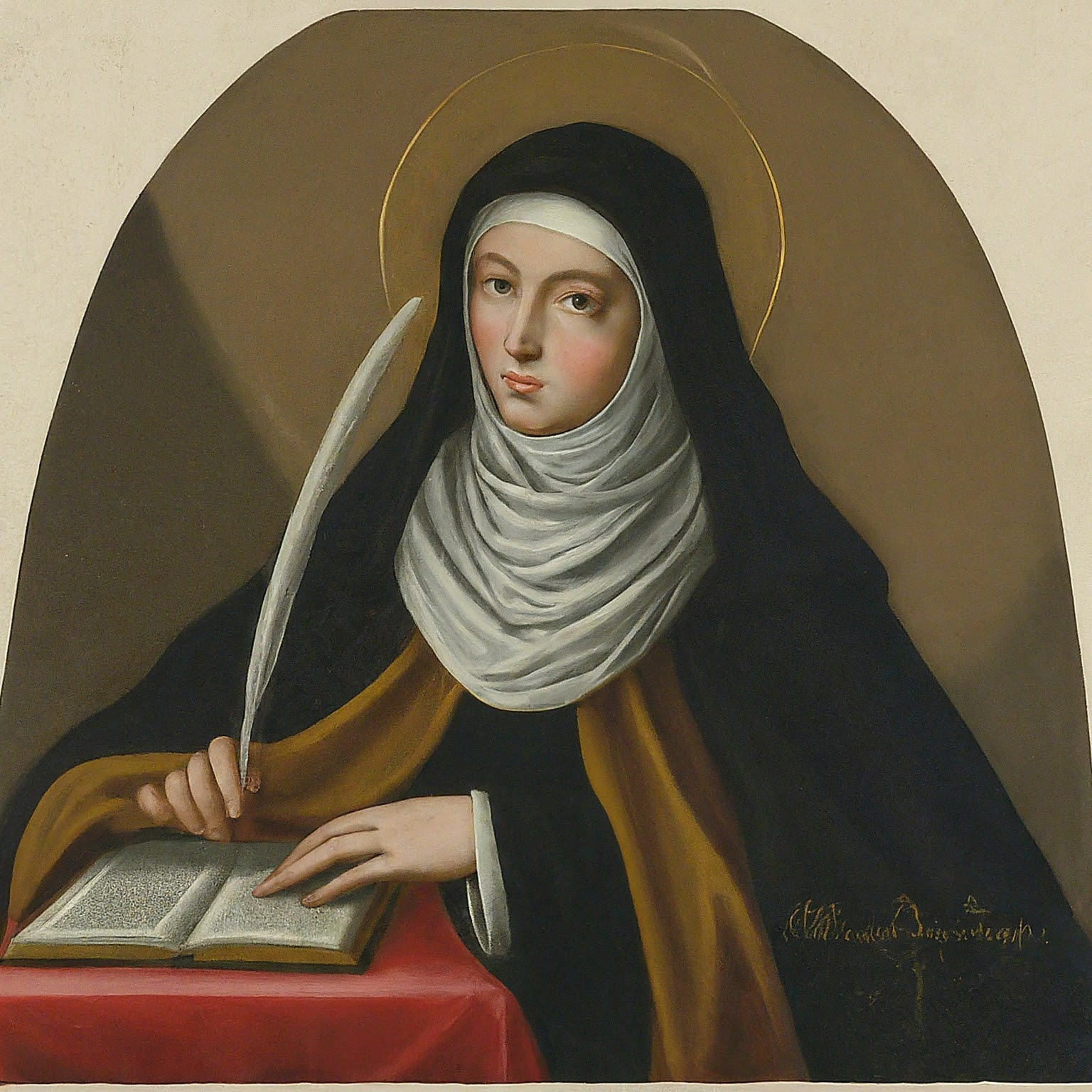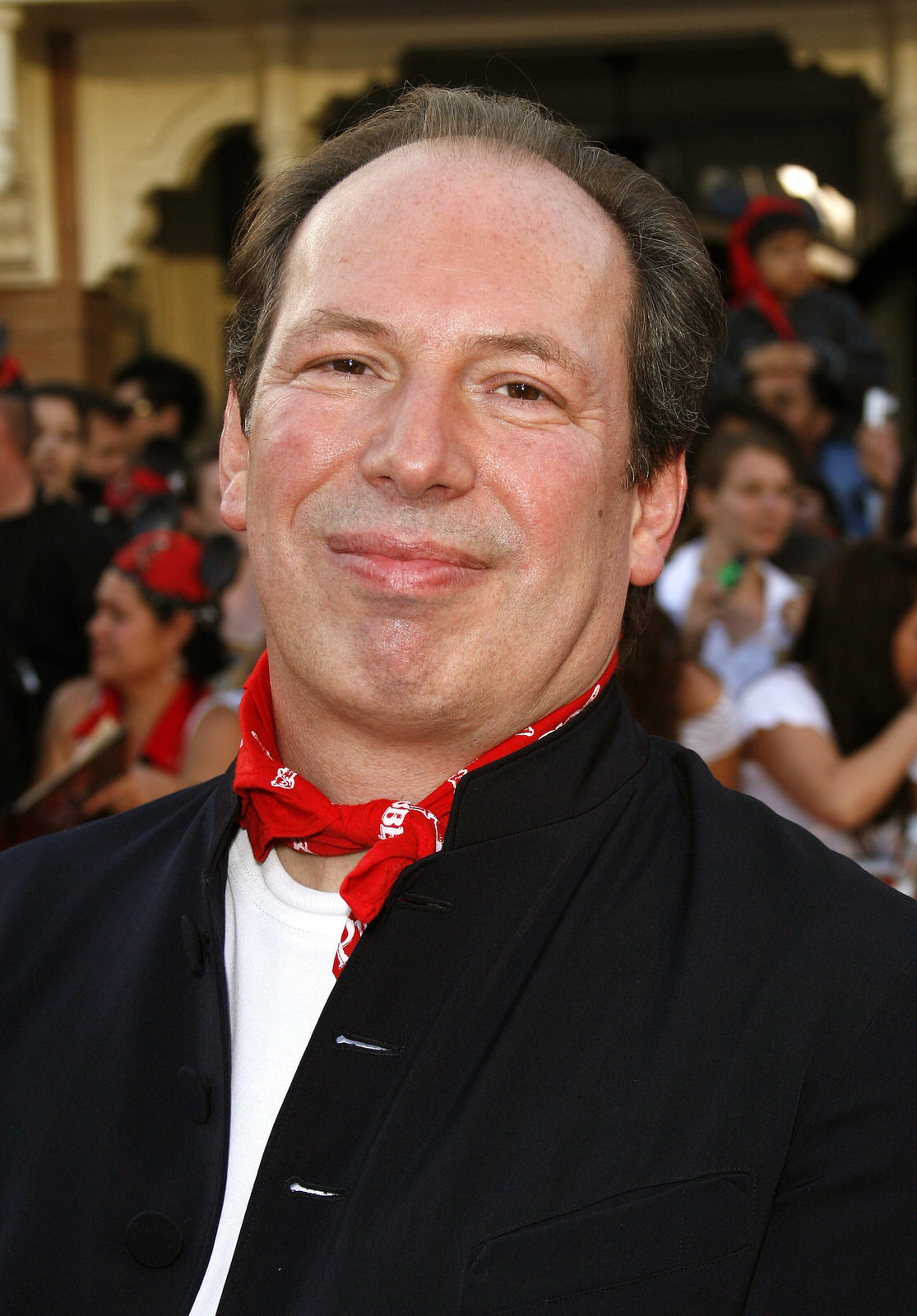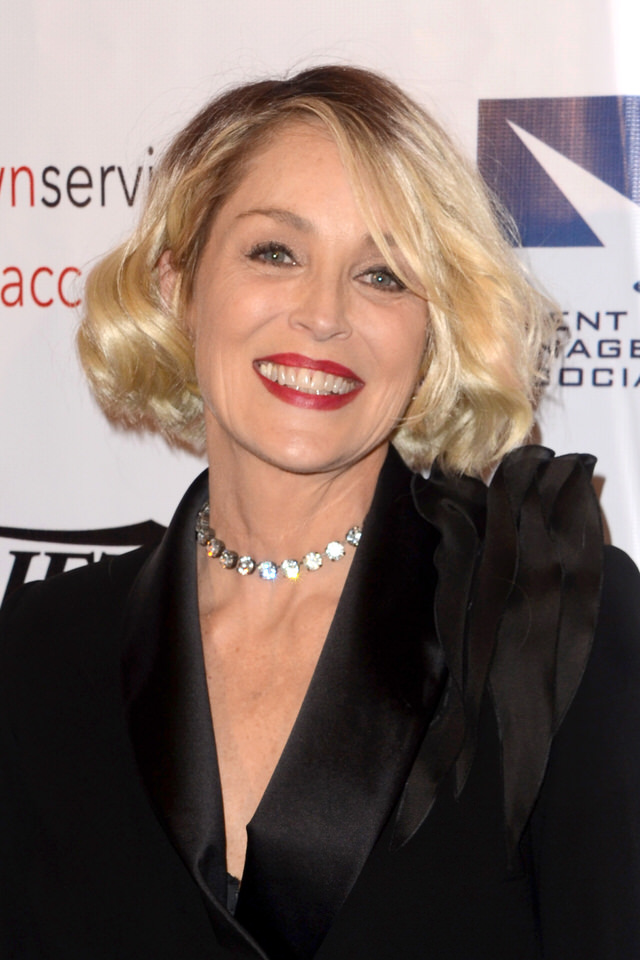Catherine the Great
Catherine the Great, also known as Catherine II, was the reigning empress of Russia from 1762 to 1796. She came to power after overthrowing her husband, Peter III. Under her long reign, inspired by the ideas of the Enlightenment, Russia experienced a renaissance of culture and sciences.
Empress
May 2, 1729
November 17, 1796
67
Catherine the Great, originally named Princess Sophie of Anhalt-Zerbst, was a powerful empress who ruled Russia from 1762 to 1796. She is remembered for her ambitious reforms, territorial expansion, and support for the arts and literature. Some of her most notable achievements include founding the Smolny Institute for Noble Maidens, drafting the Golden Charter of the Nobility, and constructing the Hermitage Museum. Additionally, she played a significant role in the partition of Poland and the annexation of Crimea.
Catherine was also a passionate art collector and patron, amassing an extensive collection during her reign, with a particular fondness for the works of Rembrandt, Rubens, and Titian. A talented playwright, she wrote several plays that were performed at the Hermitage Theatre, which she had built. She maintained correspondence with prominent intellectuals of her time, such as Voltaire and Diderot.
In recent years, Catherine’s life and accomplishments have been revisited through various works, such as Hulu’s “The Great” and HBO’s “Catherine the Great” starring Helen Mirren. As the founder of the State Hermitage Museum in St. Petersburg, her legacy as an influential figure in the art world endures. Her impact on the international art market also remains significant. Overall, Catherine the Great is considered one of Russia’s most successful and beloved rulers, despite not being Russian and originally named Sophie.












